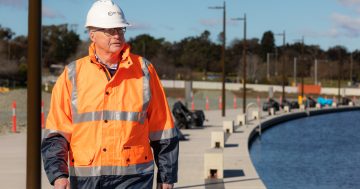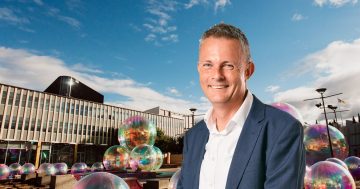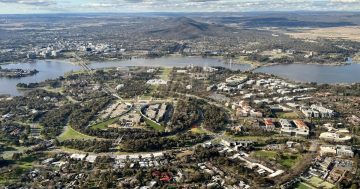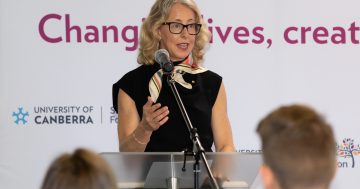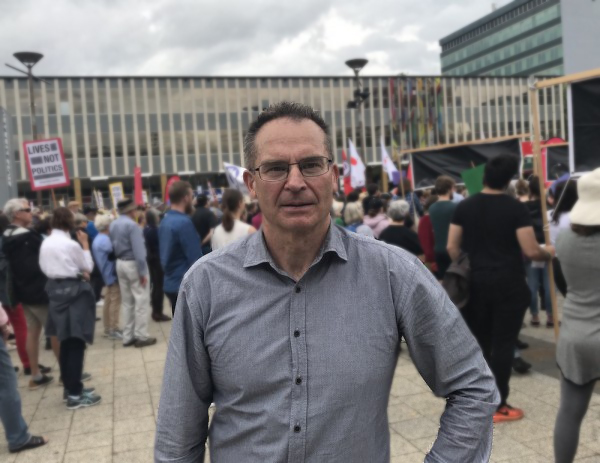
Former ACT chief minister Jon Stanhope says the current Government is abandoning low-income earners in the inner central suburbs. File photo.
From undefeated ACT chief minister to passionate affordable housing advocate, Jon Stanhope takes aim at the big end of town.
Specifically, he is targeting the ACT Government for abandoning low-income earners in the inner central suburbs. He says developing the inner north is all about paying for the light rail project, which would not be viable under normal growth scenarios.
His latest broadside comes as researchers confirm that central Canberra is indeed the knowledgable city, but at the expense of social and economic diversity.
“People point to what a cool city we are becoming and point to Lonsdale Street and the New Acton precinct and Kingston Foreshore,” Mr Stanhope says.
“Those are enclaves of privilege. Whenever I visit Lonsdale Street or New Acton or Kingston Foreshore. I don’t see people that I know or recognise from the bottom two income quintiles in any of those places.
“Yes, we are into some fantastic place-making, but it is for upwardly mobile professionals and the middle and upper-middle class and there is no regard for people in the bottom two income quintiles.
“We need diversified communities. But this is not what we are doing. The inner south and inner north, from Woden to Watson, we have effectively excluded people with, in blunt terms, a form of social cleansing. People on Centrelink benefits, people on disabilities, ‘out to the outer suburbs for you’.’’
Mr Stanhope supports a suggestion from two University of Canberra academics that central Canberra’s change has come at a cost.
Writing for independent commentary website, The Conversation, Professor Richard Hu and researcher Sajeda Tuli say Canberra’s compact centre is becoming more important in a globalised and networked society.
(Professor Hu is from the university’s Faculty of Arts and Design and Institute for Governance and Policy Analysis. Ms Sajeda is from the university’s Institute for Governance and Policy Analysis.)
“The city centre is more than a geographical or spatial centre,” the authors say. “Its ‘centrality’ is cultural, social, political and economical. Canberra’s city centre, a Modernist planning legacy, now exists in a setting of multiple global and local forces. These forces are intersecting with economic restructuring, ubiquitous information technology, knowledge diffusion and people movement.”
They note a growing presence and practice of smart work in Canberra’s city centre. Creative workers are sharing spaces and facilities.
As a result of managers and professionals moving into the increasingly desirable inner-city areas, rising housing and rental prices are pushing out existing inhabitants. According to Census 2016, nearly 1200 managers and professionals lived and worked in inner areas of Civic and Braddon, but only 170 technicians and labourers who worked there also lived there.
The researchers say Canberra’s urban renewal strategy should not embrace or celebrate a creative transformation only. It should also appropriately manage the social implications to genuinely make the city a place for everyone.
City Renewal Authority chief executive officer Malcolm Snow says his organisation understands the challenges of incorporating affordable housing options as the area undergoes renewal.
Mr Snow says low-income households across Canberra experience housing stress, and the inner city is no different. He says the authority has a strategy for social and economic vibrancy, including encouraging diverse and affordable housing choices.
“New inclusionary housing targets have been introduced on land released by government to the private sector, starting with the Macarthur House site in Lyneham, which will contain a minimum of 50 dwellings for purchase by low-income households,” Mr Snow says.
Future public land for development in the precinct will contain requirements for affordable, community and public housing, Mr Snow says.












